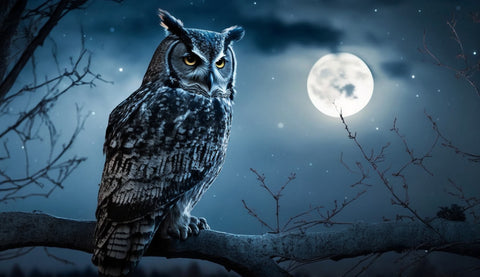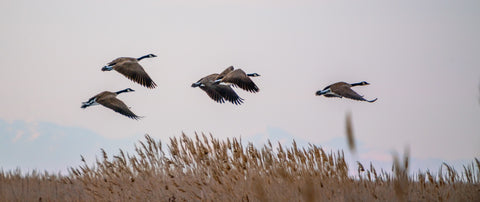Netvue is proud to introduce the Birdfy Hum Feeder, a cutting-edge addition to the birdwatcher's toolkit, designed to bring the beauty of hummingbirds into sharp focus like never before. This innovative feeder is the first of its kind, boasting two high-definition cameras for unparalleled close-ups and detailed observations of over 300 hummingbird species, directly from user's mobile phone. The Birdfy Hum Feeder is now openning for pre-order at birdfy.com, offering hummingbird enthusiasts the exclusive opportunity to secure their purchase early.
Seamless Capture with Dual-Camera
Capturing these fast-moving and elusive creatures can challenge even seasoned birdwatchers. The Birdfy Hum Feeder meets this challenge head-on with its dual-camera setup, positioned at the front and side for a comprehensive two-angle view. The AI-powered system springs into action upon a hummingbird's visit, recording and sending real-time notifications to your device, allowing live viewing or playback at your convenience.
Elegant Design Meets Functionality
Crafted with both aesthetics and function in mind, the Birdfy Hum Feeder features a white ant moat, a transparent nectar reservoir, and a vibrant red base with flower-shaped feeding ports, targeting hummingbirds' attraction to the color red. The feeder’s materials include BPA-free ASA with UV-resistant and antimicrobial properties, prioritizing both durability and the birds' well-being. The ant moat effectively keeps pests at bay, and the generous 20 oz nectar reservoir is designed to prevent leaks, ensuring a clean and lasting bird feeding station.
Eco-Conscious Birding
Beyond its technological prowess, the Birdfy Hum Feeder also contributes to the preservation of our environment. Hummingbirds, critical agents of pollination, support the growth of plants and the diversity of ecosystems. By encouraging the observation and care of these birds, Netvue reinforces its dedication to wildlife conservation and ecological balance.
Netvue's Birdfy series, including the Hum Feeder, embodies the company's philosophy of "In sight, in mind," ensuring that important aspects of life are always within view and cared for. Through innovation and a deep commitment to improving lives, Netvue continues to connect people with nature and enhance the experience of birdwatching for enthusiasts worldwide.
For more information about the Birdfy Hum Feeder and to be a part of this avian revolution, visit birdfy.com or contact press@birdfy.com.





































